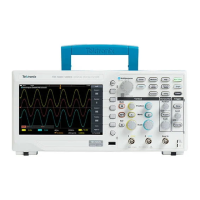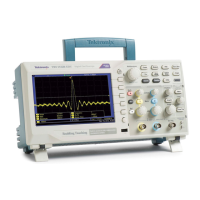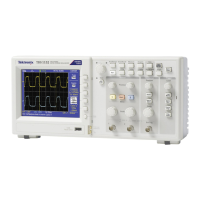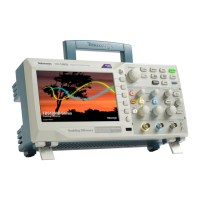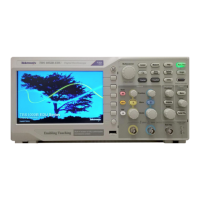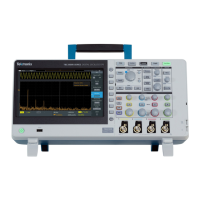25
Test Your Knowledge
1. The first parameter to consider when choosing an oscilloscope is:
a. Size
b. Record Length
c. Bandwidth
d. Number of Measurements
Answer: c
2. Oscilloscopes usually:
a. Display amplitudes such as voltages on the vertical axis of the display.
b. Provide the most-commonly used controls on the front panel.
c. Provide multiple ways to make waveform parameter measurements.
d. All the above.
Answer: d
3. A typical digital oscilloscope:
a. Conditions analog input signals with amplification.
b. Samples the input signals at a high sample rate and converts them to digital format.
c. Stores the digitized waveform data in memory and displays the waveform on the display.
d. All the above.
Answer: d
4. The three primary sets of oscilloscope controls are:
a. Vertical, Measurements and Display
b. Horizontal, Autoset and Measurements
c. Vertical, Horizontal and Trigger
d. Trigger, Measurements and Cursors
Answer: c
5. Oscilloscopes can make measurements with:
a. Automated measurements using firmware-based algorithms to process stored waveform data.
b. Cursor measurements.
c. Manual measurements based on the graticule of the display.
d. All the above.
Answer: d
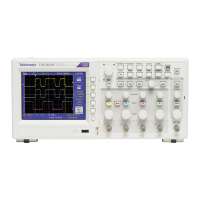
